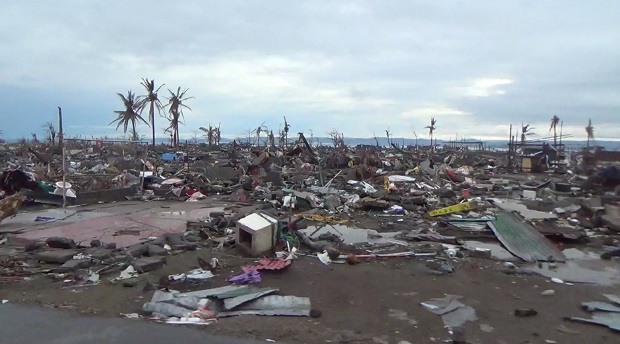Like other survivors, the images of the destruction wrought by Supertyphoon “Yolanda” in Tacloban City still haunt Zosima Cordano to this day.
Cordano, the city treasurer, said it was as if a nuclear bomb had obliterated Tacloban when tsunami-like storm surges whipped up by Yolanda’s powerful winds wiped out nearly all the public infrastructure, including the city hall located a few meters from the shoreline.
Moments after the floodwaters subsided, she and her son went to the Office of the Treasurer to recover important documents, only to find out the place in complete disarray and submerged.
“All the windows [and] doors were broken. Part of the roof was blown [off],” Cordano said. “There was water everywhere.”
With the help of the national government, she said the repair and rehabilitation of damaged public buildings in Tacloban had been undertaken through the Recovery Assistance on Yolanda (RAY) program of the Department of the Interior and Local Government (DILG).
Her harrowing experience as well as other “compelling stories of survival” are chronicled in a book titled “After the Storm: Two Years On,” which the DILG launched last Friday to mark the second anniversary of the world’s deadliest typhoon.
“The RAY funds… have helped us in the reconstruction and recovery program of the city,” Cordano said in the book.
“The good thing that happened after Yolanda was that all of us (learned) to care for each other,” she said. “We are now resilient.”
Interior Secretary Mel Senen Sarmiento said the book contains the personal experiences of Yolanda survivors from 93 local government units in 11 provinces “whose livelihood and communities were significantly improved with the completed rehabilitation projects under RAY.”
The 168-page book also catalogued the reconstruction projects in the first phase of RAY, which was started by his predecessor, former Interior Secretary Mar Roxas.
The book may be viewed online at www.dilgyolanda.wordpress.com
